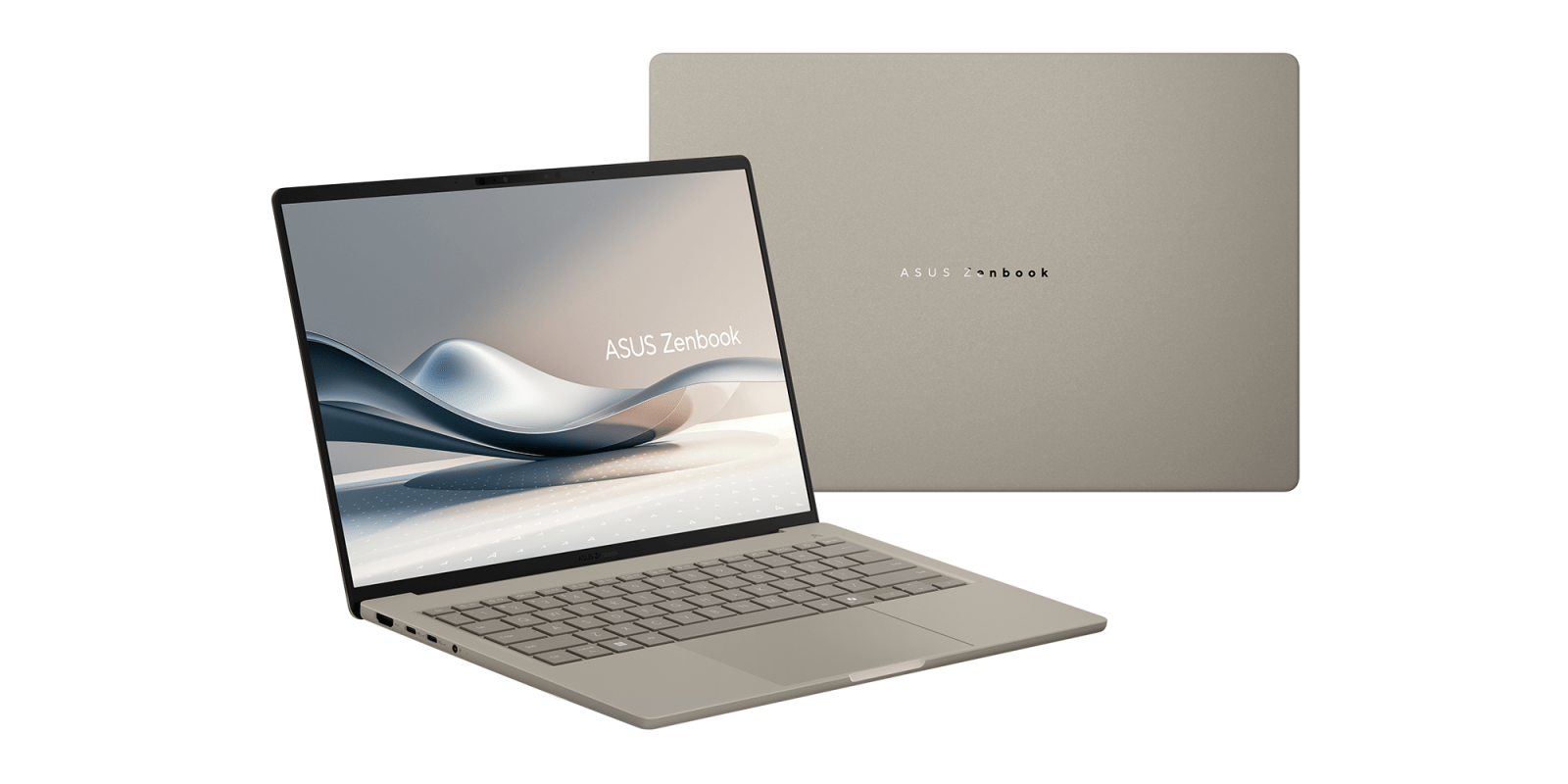
It’s a testament to Apple’s design prowess that the MacBook Air is regarded as the quintessential benchmark for PC laptop manufacturers. Simply replicating the aesthetics and capabilities of this device is considered ambitious, but ASUS may have truly outdone itself with its latest Zenbook A14.
This new model not only mimics the appearance of the MacBook Air but also surpasses its specifications in five significant ways, including being lighter…
ASUS Zenbook A14
At a quick glance, you could easily confuse this device with a new MacBook Air. The keyboard appears just as refined, the trackpad as expansive, and the overall aesthetic is indistinguishably sleek compared to the Apple design it emulates.
However, despite the base model starting at $900—lower than the entry price of a 13-inch MacBook Air—ASUS has managed to surpass Apple’s specifications across five different categories.
Weight
The MacBook Air weighs 2.7 pounds, whereas the Zenbook A14 options start from just 2.2 pounds for the lightest configuration, and peak at 2.4 pounds for the heaviest variant.
Casing material
This reduction in weight is partially attributed to a new material that ASUS claims is 30% lighter and three times stronger than anodized aluminum. Dubbed Ceraluminum, it is said to integrate the advantages of both ceramic and aluminum materials.
Ceraluminum undergoes rigorous laboratory testing to comply with strict real-world standards. For scratch resistance, the material is tested by placing the laptop with keys and coins inside a rotating drum.
Shock resistance tests involve dropping the laptop from a height of 50cm, and wear resistance is gauged by rubbing the material 18,000 times at a single point to check for color fading. This comprehensive testing guarantees that the Zenbook A14 remains free of scratches, resilient against impacts, and continues to look pristine, delivering users a laptop that is both lightweight and exceptionally durable.
Display
The A14 features an OLED screen, in contrast to Apple’s IPS LCD equipped with miniLED backlighting.
Apple does not appear ready to adopt OLED screens even for the MacBook Pro until next year, with the MacBook Air likely waiting until 2028 for such an upgrade.
Bezels
While the difference may be minimal, it seems that ASUS has managed to achieve slimmer bezels around the sides of the display.
Battery life
Apple boasts up to 18 hours of video playback (the least demanding task), while ASUS claims “over 32 hours of continuous video playback on a single charge.”
However, it won’t compete with MacBook Air performance
One area where the Zenbook A14 falls short is performance. It is available with Snapdragon X Plus or Snapdragon X Elite processors, which are not at all comparable to the M2 or M3 chips of the MacBook Air.
The MacBook Air is so powerful that opting for the more costly MacBook Pro requires a solid justification now.
Nonetheless, since many MacBook Air users utilize their devices for simple tasks such as writing, emailing, and browsing the web, the Zenbook will suffice for many users.
The encouraging aspect for Mac users is that this competition may prompt Apple to enhance its offerings in the areas where the A14 excels.
Image: ASUS
FTC: We utilize income-generating auto affiliate links. More.




